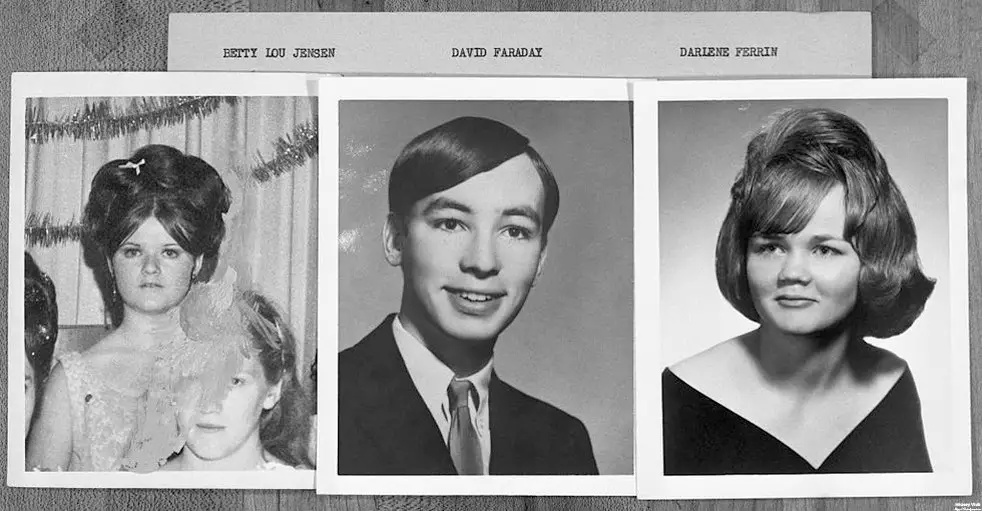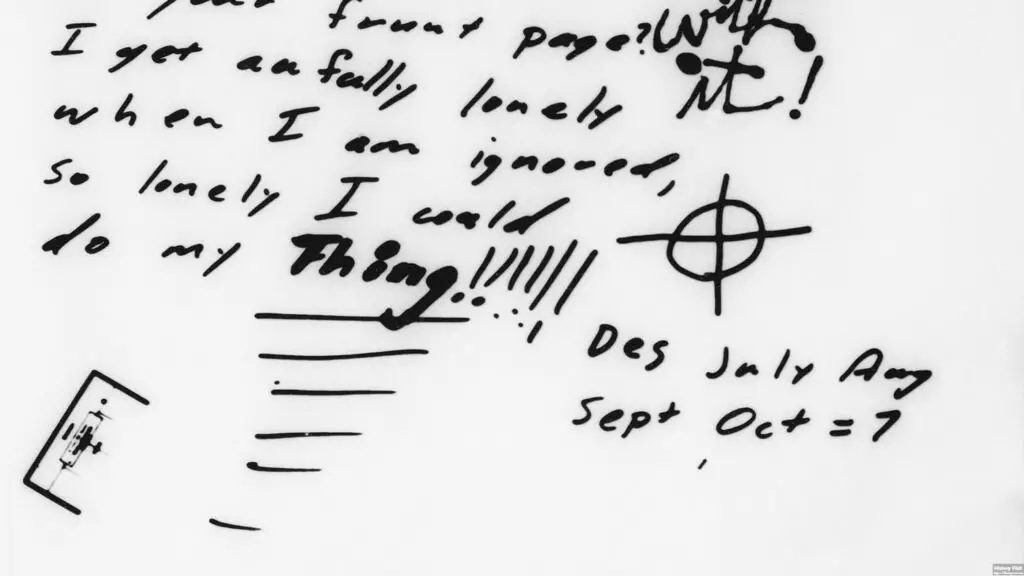Unmasking Evil: The Untold Secrets of the Zodiac Killer

Introduction
The Zodiac Killer is one of America’s most infamous and enigmatic serial killers. Active in Northern California during the late 1960s and early 1970s, the Zodiac’s reign of terror left a profound impact on American society and the field of criminal investigation. Despite extensive investigations and widespread media coverage, the identity of the Zodiac Killer remains unknown, contributing to the enduring fascination and fear surrounding this mysterious figure.
The Zodiac’s cryptic communications, taunting letters, and ciphers added an unusual dimension to his crimes, capturing the public’s imagination and making the case one of the most extensively documented in criminal history. These letters, sent to newspapers, contained threats, ciphers, and claims of responsibility for murders, which not only terrorized communities but also provided clues that continue to puzzle investigators and amateur sleuths alike.
This article delves into the chilling timeline of the Zodiac Killer’s crimes, the exhaustive investigations that followed, the numerous suspects and theories that have emerged, and the lasting impact on culture and law enforcement. By examining these aspects, we aim to understand why the Zodiac Killer case remains an unresolved enigma and a symbol of the dark, unknown corners of human nature.
Timeline of Crimes

The Zodiac Killer’s reign of terror began on December 20, 1968, with the murders of high school students Betty Lou Jensen and David Faraday near Vallejo, California. This brutal double homicide shocked the local community but was only the beginning. On July 4, 1969, another couple, Darlene Ferrin and Michael Mageau, was attacked in a parking lot, also in Vallejo. While Ferrin was killed, Mageau survived, providing the first eyewitness account of the killer.
The Zodiac’s next confirmed attack occurred on September 27, 1969, at Lake Berryessa. Bryan Hartnell and Cecelia Shepard were picnicking when they were approached by a hooded figure who stabbed them both. Shepard succumbed to her injuries, while Hartnell survived. The killer left a message at the crime scene, further taunting the police and public. The final confirmed Zodiac attack took place on October 11, 1969, when cab driver Paul Stine was shot and killed in San Francisco’s Presidio Heights neighborhood. This murder marked a significant escalation in the Zodiac’s modus operandi, targeting a lone individual in an urban setting.
Throughout these attacks, the Zodiac sent a series of letters to local newspapers, claiming responsibility and providing details only the killer could know. These letters included ciphers, some of which have been solved while others remain undeciphered. The timeline of crimes, combined with the killer’s communications, created a profile of a meticulous and taunting murderer who relished the terror and confusion he sowed.
The Investigations

The initial police response to the Zodiac murders was swift but faced numerous challenges. Each jurisdiction where the murders occurred had its own police department, leading to coordination issues and fragmented investigations. Despite these challenges, law enforcement agencies pooled their resources to track down leads and analyze evidence. The investigation was characterized by an unprecedented level of cooperation between local police, the FBI, and even amateur codebreakers.
Key investigators in the case included San Francisco Police Department Inspector David Toschi and his partner Bill Armstrong. Toschi, in particular, became synonymous with the Zodiac case, dedicating years of his career to solving the mystery. Their efforts, however, were often thwarted by the lack of concrete evidence and the Zodiac’s ability to remain one step ahead. Despite numerous suspects and promising leads, none could be definitively linked to the crimes.
The Zodiac’s letters added another layer of complexity to the investigation. Cryptographers, both professional and amateur, worked tirelessly to decode the messages. The 408-symbol cipher sent to the San Francisco Chronicle was solved by a high school teacher and his wife, revealing a chilling message about the killer’s motives. However, subsequent ciphers, including the infamous 340-symbol cipher, remained unsolved for decades, only being cracked in December 2020 by an international team of codebreakers. The investigation’s challenges highlight the Zodiac’s cunning and the limits of forensic technology at the time.
Suspects and Theories

Over the years, numerous suspects have been proposed, each theory generating significant public and media interest. One of the most prominent suspects was Arthur Leigh Allen, a convicted child molester and former schoolteacher. Allen matched several aspects of the Zodiac’s profile, and circumstantial evidence linked him to the crimes. However, despite extensive investigation, there was insufficient evidence to charge him definitively. Allen’s death in 1992 left many questions unanswered.
Another intriguing suspect was Earl Van Best Jr., proposed by his alleged son, Gary Stewart, in his book “The Most Dangerous Animal of All.” Stewart’s claims were based on circumstantial evidence and personal conviction, but many experts and law enforcement officials remain skeptical. Other suspects include Richard Gaikowski, Lawrence Kane, and Ted Kaczynski, the infamous Unabomber, though none have been conclusively proven to be the Zodiac.
Theories about the Zodiac’s identity and motivations abound. Some suggest he was a former military man, given his knowledge of cryptography and firearms. Others believe he may have been a police officer or someone with law enforcement connections, explaining his ability to evade capture. The possibility of the Zodiac being a collective of individuals has also been proposed. Despite the plethora of suspects and theories, the true identity of the Zodiac Killer remains one of the greatest unsolved mysteries in criminal history.
Conclusion

The Zodiac Killer’s terror spree in the late 1960s and early 1970s left an indelible mark on American society and the field of criminal investigation. The combination of brutal murders, cryptic messages, and an elusive perpetrator created a case that continues to fascinate and horrify. The enduring mystery of the Zodiac Killer lies not only in the unsolved nature of the crimes but also in the psychological depth and complexity of the killer’s profile.
The investigations, though exhaustive and collaborative, were ultimately unable to bring the Zodiac to justice. The suspects and theories that have emerged over the decades reflect the persistent human desire to uncover the truth and achieve closure. Yet, the case remains a stark reminder of the limits of forensic science and the elusive nature of some criminal minds.
As we reflect on the legacy of the Zodiac Killer, we are reminded of the profound impact such cases have on society, inspiring advancements in investigative techniques and cryptography. The story of the Zodiac Killer is not just about a series of unsolved murders but also about the enduring human fascination with mystery, the quest for justice, and the relentless pursuit of answers. The enigma of the Zodiac Killer continues to captivate, reminding us of the dark corners of human nature that still await illumination.


